Fitbit Flex Review

Introduction
If you didn’t realize it before, CES 2014 ushered in the proliferation of the wearable fitness tracker, as several big and small companies announced their models that are on schedule for this year. Already having its feet wet in the category, long time fitness tracker maker Fitbit has shown us that it’s a force to reckon in the space. It might not be its newest or highly prized model, but the Fitbit Flex is going to be the company’s main driving force to compete against the horde of models that are expected to come from the competition. It’s been around for some time now, but we suppose it doesn’t hurt to see what all the talk is about.
The package contains:
- Large & small wrist bands
- Wireless sync dongle
- Charging cable
- User’s manual
Design
Being discrete, the design is uncomplicated and blends well.
Before we unwrapped the packaging, our first thoughts about the Fitbit Flex was of it being just a wrist strap that we wear and nothing more. Interestingly, that’s not the case, as the actual component is a peg shaped item that discretely tucks inside of the strap. It’s one solid piece with no visible ports, seams, or openings – essentially giving it a water-resistant property.
Along the top edge of the unit is a translucent dark cover that hides away 5 LED indicator lights that correspond to how well we’re reaching the default goal of 10,000 steps per day. Below that is a touch sensitive area where we tap with our finger to light up the LEDs and place the tracker into sleep mode. With the latter, we’re required to tap it continuously until it vibrates and the LEDs light up in a specific pattern. And finally, towards the bottom are 3 pin connectors that attaches to the proprietary charging cable to replenish its internal battery.
As for the wrist band itself, the main compartment where the fitness tracker is stored in is thicker than your traditional skin hugging wrist strap. Basically, the tight fighting confines of the strap aid its water resistant property. Fortunately, the strap is adjustable, but Fitbit is nice enough to include large and small wrist bands. It has a rubbery feel and there’s an element of personalization because it’s available in a variety of colors – black, slate, pink, lime, navy, tangerine, and teal.
Overall, the wrist band has a solid build quality, comfortable feel, and a stylish element to it. At the core of it all, we really adore that the Fitbit Flex is a discrete thing, as the interaction with it is very minimal. Additionally, it’s one of those things that we “set it and forget it.” From sleeping to taking a shower, we don’t have to worry about it getting damaged or taking it off – so there are no major concerns about losing it.
Battery
One complaint that we have is the fact that the Fitbit Flex requires a proprietary charger. There’s nothing really much to the dongle, as it connects to a USB port or wall outlet to recharge the Flex. Still, there’s that possibility of losing the thing, which is a pain because it’s not a typical microUSB charger – so getting a replacement takes some time.
Battery life is pretty darn good with the Fitbit Flex, since a fully charged battery permits us approximately 5 whole days before it inches close to a critical level. It helps too that the connection is Bluetooth 4.0, so it doesn’t require much juice to transfer data from the Fitbit to a Bluetooth 4.0 equipped smartphone. Also, the wait time for it to juice back up to 100% isn’t too long either. In fact, it pretty much tops off in under 1 hour in our experience.
Performance
The Fitbit Flex is good in tracking our motion, but it’s the Fitbit app that really gives us the bigger picture.
Even though it might seem like a simple thing, there’s a lot of tech stuffed inside of the Fitbit Flex. As we already know, it features LED lights, a battery, and a Bluetooth radio, but it also packs along a MEMS 3-axis accelerometer to measure various motion patterns to determine things – such as calories burned, the number of steps taken, distance traveled, and sleep quality.
Indeed, it’s nice that we’re able to quickly glance at our progress thanks to its LED lights, but in order to view the data it’s gathered, we’re required to use Fitbit’s smartphone apps. For the most part, it’s pretty accurate in determining the motion of our steps – thus, counting and adding them to our results. However, we notice that it also records quick hand movements as steps, which is a glaring thing because it contributes to adding false data. Interestingly, there’s a setting that allows us to tell the Fitbit Flex which hand we’re using, our dominant or non-dominant one, so we’re hoping that it’s compensating for false movements as well.
The other part to the Flex is the Fitbit Android and iOS apps, which help us to visualize all of the data it’s gathered. Thankfully, the app is comprehensive and thought out, to the point where we’re given a lot of useful information regarding our level of fitness. Obvious statistical data are all present from the Dashboard, like steps taken, distance traveled, sleep time, and calories burned, but it’s also nice to find secondary fitness tracking categories. Specifically, they include calorie and water consumption.
To better visualize all of the data, the app presents it in a line graph view – so over time, we can see our progression or regression. Needless to say, Fitbit has been hard at work with its mobile apps, but its online portal is also rich with even more information for us to rummage through.
Conclusion
Fitbit has been in the game of making fitness trackers, so they have the experience to deliver quality products to the table – and the Fitbit Flex is undoubtedly one of them! It’s stylish, yet discrete, so it’s wonderful that it’s something we can wear and not constantly have to fiddle around with it. Quite simply, it does all the tracking on its own – with minimal interaction from our part.
Sporting a sticker price of $100 right now, it’s an affordable option that gives us the data and tools to better gauge our level of fitness. So will it help us to lose weight? Well, we’re not going to come out straight and guarantee that it will, but rather, we’ll say that it’s a fantastic accessory that complements any lifestyle. Even though it’s going to be seeing some heated competition very soon, the Fitbit Flex is really setting the pace for everything else.

Follow us on Google News


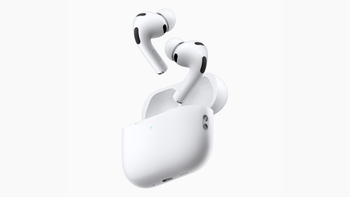
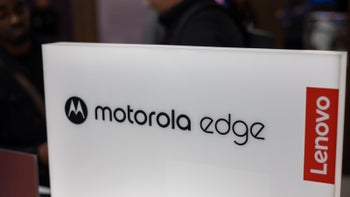

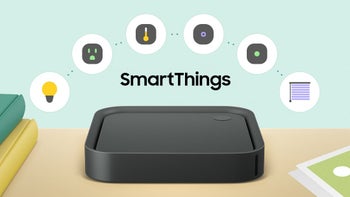
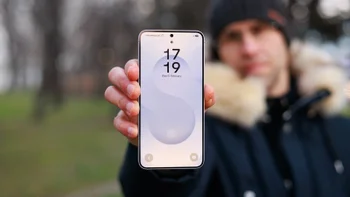
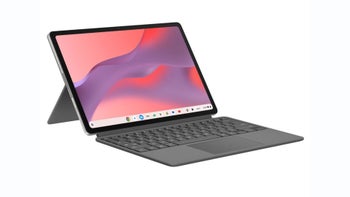



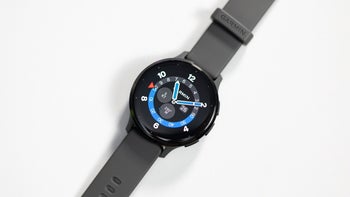
Things that are NOT allowed:
To help keep our community safe and free from spam, we apply temporary limits to newly created accounts: